Trust forms the foundation of every meaningful relationship between humans and cats. Science is slowly approaching proof of what many cat lovers already know: Cats form close bonds with their owners or other chosen special people. Yet many well-meaning cat owners unknowingly damage this delicate bond through subtle mistakes that seem harmless on the surface.
Cats don’t have any need for socialization, and if they don’t like or trust you, they will simply walk away. When a cat is curious enough to stay around you, even if they don’t allow you to touch them, they are being curious and trusting. This independence makes feline trust all the more precious when we earn it. Unfortunately, our human instincts often work against us when it comes to building lasting trust with our feline companions. Let’s explore the hidden ways you might be pushing your cat away.
Forcing Physical Affection When Your Cat Shows Resistance
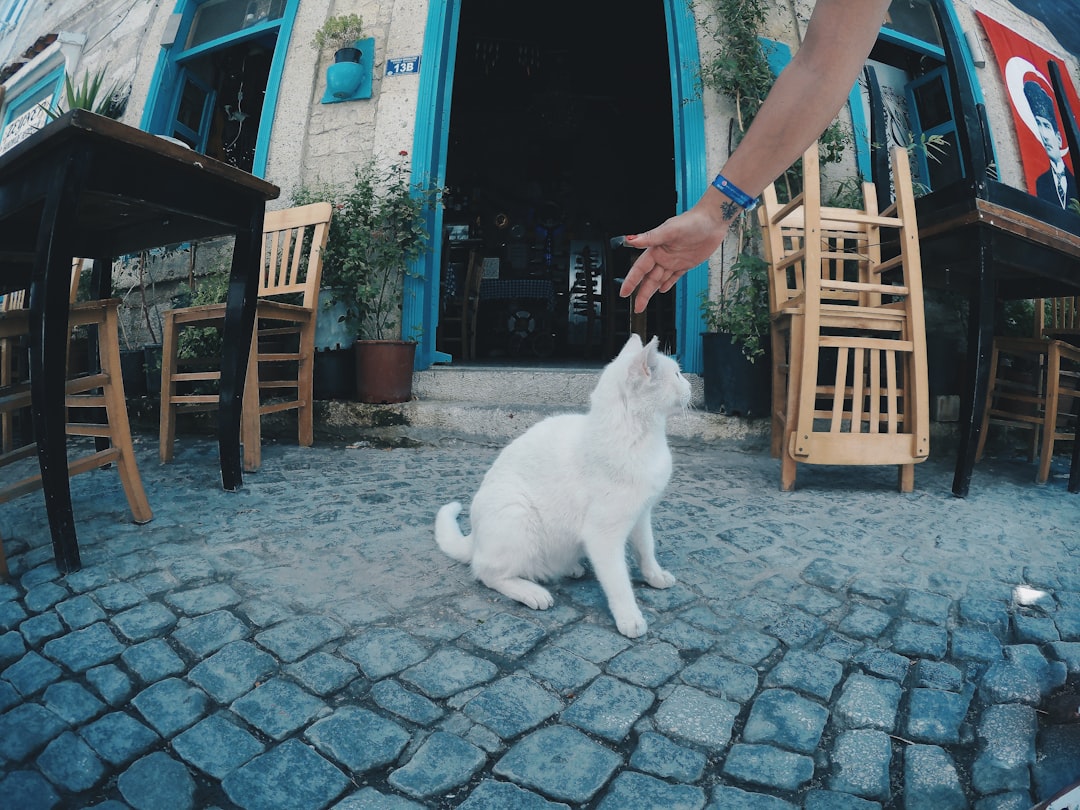
One of the fastest ways to erode your cat’s trust involves ignoring their clear signals that they don’t want to be touched. Always respect your cat’s boundaries and never force interaction when they’re showing signs of discomfort or stress. Many cat owners make the mistake of assuming that because they love their cat, their cat should welcome unlimited physical affection. This couldn’t be further from the truth.
Most cats show warning signs before striking, such as tail thrashing, ears flattening, or skin rippling along the back. Cats can become overstimulated during petting sessions, especially on sensitive areas like the belly or base of the tail. When you ignore these clear warning signs, you’re essentially telling your cat that their communication doesn’t matter to you. This creates anxiety and mistrust that can last for weeks.
Misunderstanding the Belly Trap Signal
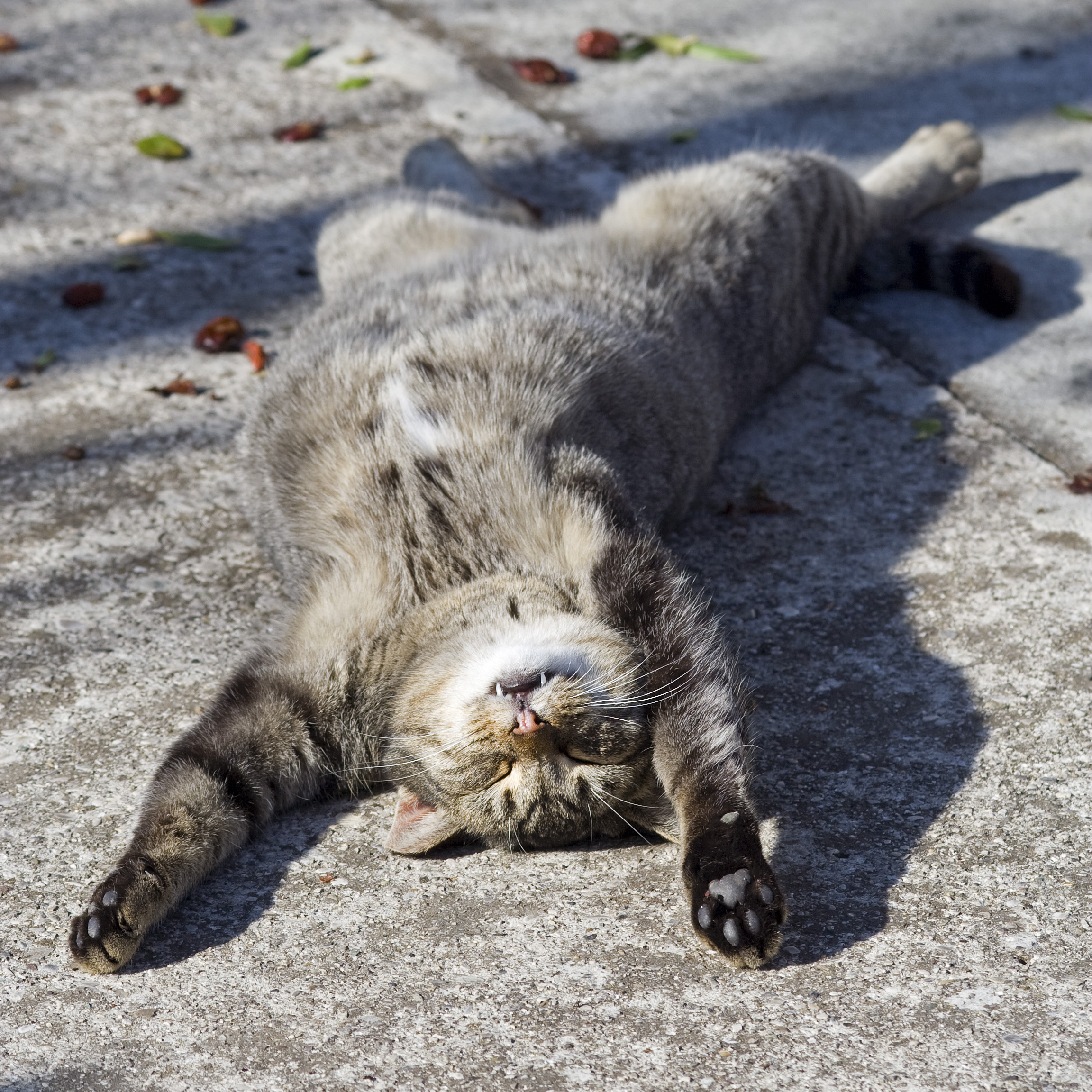
In one context, a cat laying on its back and exposing its belly is expressing relaxation, trust, and security. In a different context, the cat is indicating that it’s ready to fight off an aggressor, since this position allows for the claws to be ready and defensively effective. The exposed belly represents one of the most misunderstood cat behaviors, leading countless owners to break trust without realizing it.
Many people, after they learn that a cat exposing itself feels comfortable, may see a cat with its belly up and think that it’s safe to rub or pet the cat’s belly. The exposed belly is a sign of comfort and trust, but it is not necessarily an invitation for a belly rub. Many people have touched a cat’s stomach only to have its owner instantly seize-up, latching onto their hand with claws and teeth. This violation of boundaries can damage trust for weeks or even months.
Using Punishment Instead of Understanding
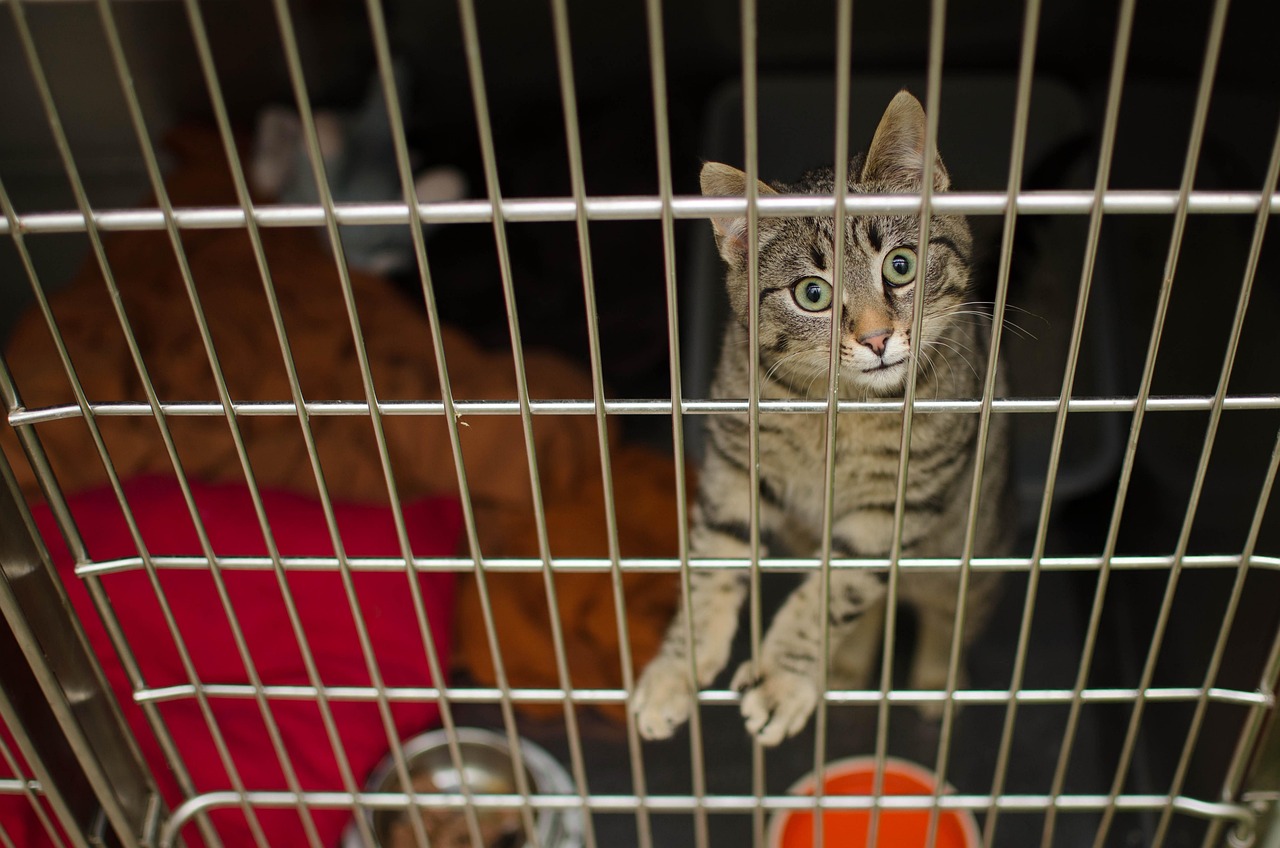
Punishing your cat can damage the trust and bond you share with them and may result in additional behavioral problems. Cats respond poorly to punishment because they don’t associate the punishment with their actions. Never give your cat negative consequences, such as yelling at or hitting them. When cats engage in behavior we consider problematic, they’re usually trying to communicate a need or respond to stress.
Punishment-based training is NEVER a good idea with kitties. Punishing your fur friend will only result in a lack of trust between you. This is a fatal mistake for cat owners because a distrustful cat is more likely to become withdrawn or try to run away and escape. The moment you raise your voice or use physical correction, you transform from trusted companion to potential threat in your cat’s eyes.
Ignoring Your Cat’s Body Language Warnings

Here’s what happened: your cat was probably screaming warnings at you for the past thirty seconds. You just didn’t speak the language. Cats communicate through an intricate system of postures, tail movements, ear positions, and facial expressions. When we miss these signals, we end up confused, scratched, and wondering if our cats actually hate us. Learning to read these signals prevents trust-breaking incidents before they happen.
When a cat’s whiskers are pulled back and flat against their face, it typically indicates fear or aggressiveness. This defensive posture is a clear signal that the cat is feeling threatened and may be ready to defend itself if necessary. It’s important to approach a cat in this state with caution and give them the space they need to feel safe. Dismissing these clear warning signs teaches your cat that you can’t be trusted to respect their emotional state.
Creating Negative Associations With Veterinary Care

Veterinary visits, although essential for your cat’s well-being, can often be stressful and upsetting to cats. A trip to the vet may involve stressors such as cat carriers, car journeys, and other pets. Add injections and medications on top of all that, and you have a recipe for a stressed cat. This stress and upset may lead to cats acting differently after the visit and appearing like they don’t trust their owners. How you handle vet visits can significantly impact your cat’s long-term trust.
As cat owners, we often underestimate the effect we may have on our cats. Our emotions rub off on our pets and they can sense when we’re upset or stressed. If you’re anxious about the veterinary visit, it’s likely that your cat will pick up on this, and in turn, worsen their own anxiety. When you approach vet visits with obvious stress or fail to prepare your cat properly, you become associated with traumatic experiences rather than comfort and security.
Overwhelming Them With Inconsistent Boundaries
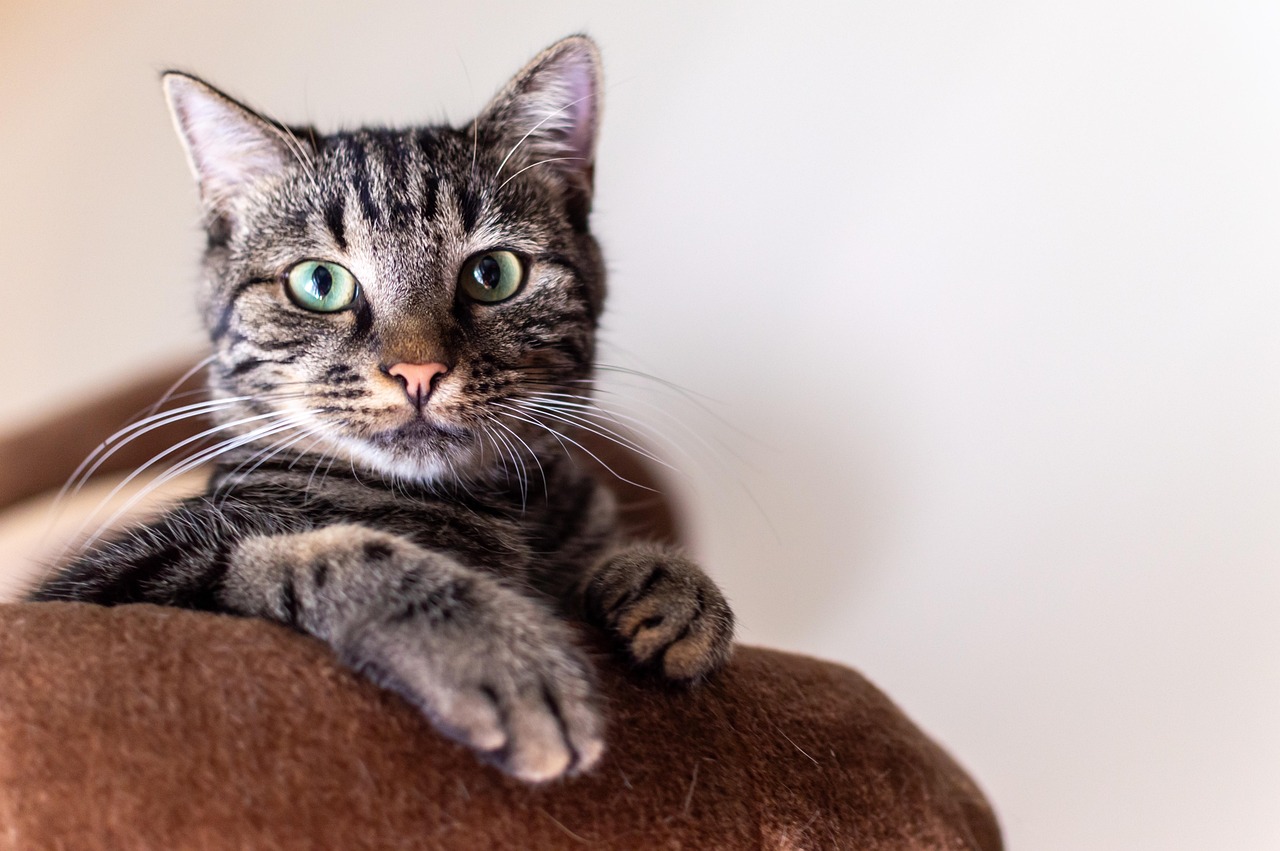
You can also gain your cat’s trust by respecting her preferences and personal space. “Do not force your kitty to interact with you; rather, let her be the one to take the initiative,” says Dr. Consistency in how you interact with your cat builds predictability, which forms the foundation of trust. When your boundaries change daily based on your mood or convenience, your cat never knows what to expect.
But pay attention to your cat’s cues – if they want space, give it to them. Your bond will grow if you respect their cues. One day you might encourage your cat to jump on the counter for attention, then scold them the next day for the same behavior. This inconsistency creates confusion and anxiety, making your cat unsure whether they can trust your reactions.
Failing to Maintain Their Safe Spaces
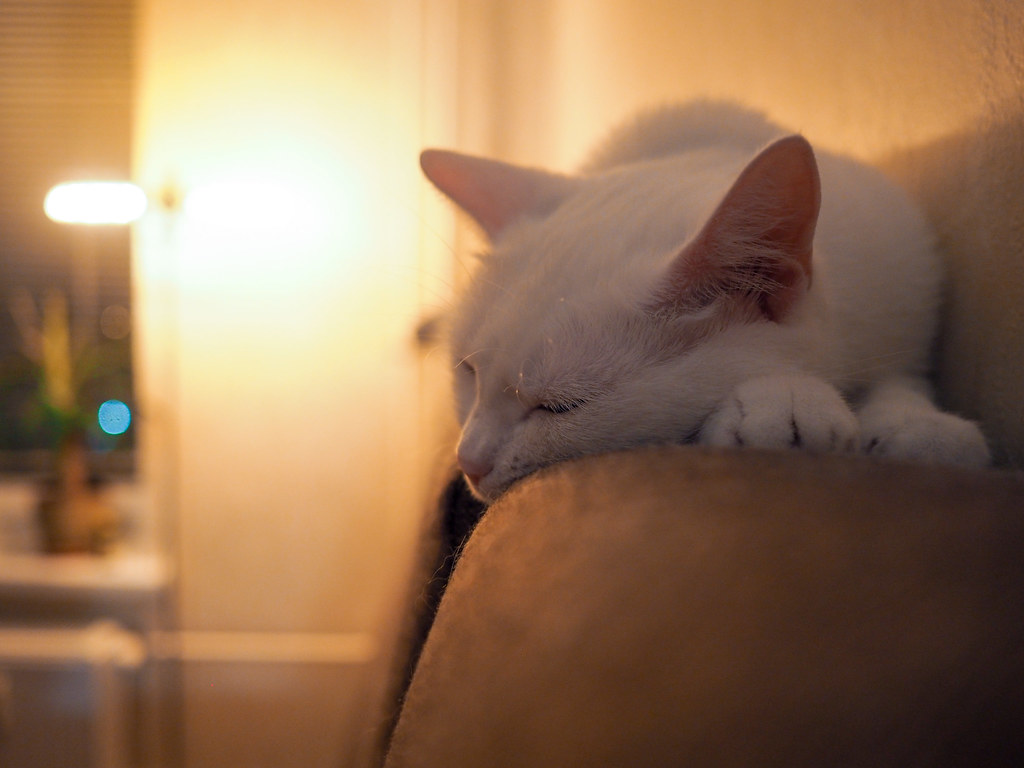
Remove or reduce whatever is causing the fear if possible. Loud noises, unfamiliar people, or other pets are some examples. Give your cat space and access to hiding spots where they feel secure. Every cat needs areas where they feel completely safe and in control. When you constantly invade these spaces or rearrange them without consideration, you strip away your cat’s sense of security.
Your kitten needs a cozy space to feel safe. A soft bed, a warm blanket, and a few hiding spots create the perfect sanctuary. Cats thrive in environments that feel secure, so don’t forget to give them their quiet time. Whether it’s their favorite cardboard box or a spot under your bed, respecting these retreat areas shows your cat that you understand their need for autonomy and security.
Not Recognizing Signs of Stress and Illness

Cats are masters at hiding discomfort, so subtle behavioral changes can indicate underlying problems. Ignoring such changes may delay the diagnosis of medical or psychological issues. Pay attention to shifts in eating, grooming, or litter box habits. When you dismiss changes in your cat’s behavior as mere moodiness, you might be missing important health signals that require attention.
Signs of stress or fear include flattened ears, dilated pupils, a crouched position, tail tucked close to the body, and hiding behavior. You might also notice excessive grooming, changes in appetite, or unusual aggression. Failing to recognize these signs and respond appropriately tells your cat that you’re not a reliable source of comfort and protection when they need it most.
Breaking Trust During Necessary Medical Care

So I’ve been having an issue with my cat trusting me these last few days as we’ve started a new ointment that I have to apply directly to his tail. Sometimes we must do things our cats don’t enjoy for their health and wellbeing. However, how we approach these situations can either maintain trust or destroy it completely.
When you get home, your cat may seem to not trust you after their visit to the vet. Be patient and understanding with them. Talk gently and reassuringly and give them space if they want it. The key lies in approaching necessary medical care with gentleness, patience, and plenty of positive reinforcement before and after the procedure. Rushing through medication administration or restraining your cat harshly teaches them that you prioritize efficiency over their comfort.
Dismissing Their Communication Attempts
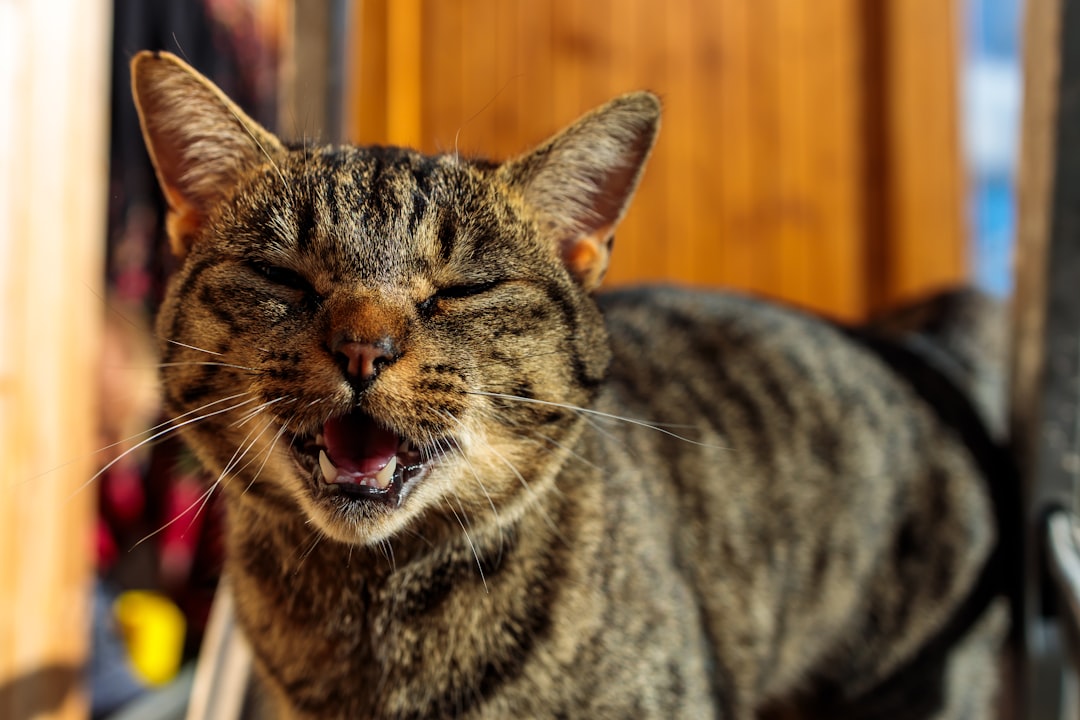
Cats tend to generally reserve meows for communicating with humans – and they are more likely to meow at you if they feel connected to you. When your cat attempts to communicate through vocalizations, body language, or behavior, they’re extending trust by trying to tell you something important. Ignoring these attempts teaches them that their voice doesn’t matter in your relationship.
If your kitten meows at you in different tones, they are trying to engage in a conversation. This behavior reflects their trust and the bond they share with you. Whether they’re asking for food, attention, or expressing discomfort, taking time to respond thoughtfully shows your cat that their communication is valued. Dismissing their attempts to connect gradually erodes their willingness to engage with you at all.
Conclusion

Building trust with a cat requires patience, observation, and genuine respect for their unique personality and boundaries. But with a balanced approach of effort and patience, you can establish a bond with your cat that’s based on mutual respect and, possibly, even love. The subtle mistakes we’ve explored often stem from our human tendency to show love in ways that make sense to us, rather than in ways our cats understand and appreciate.
At PetHealthMD, we believe discipline should be rooted in trust. That’s why we offer guidance built around positive communication and your cat’s instincts. Remember that trust, once broken, takes considerable time and patience to rebuild. The good news is that cats are forgiving creatures who will often give you another chance if you demonstrate genuine change in how you interact with them.
What do you think about these trust-breaking behaviors? Have you noticed any of these patterns in your own relationship with your cat?





